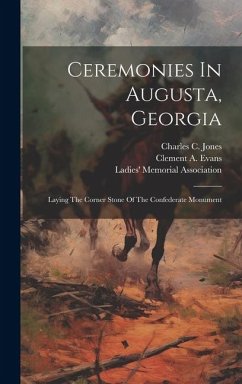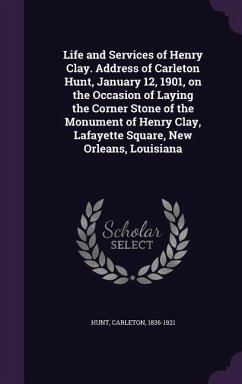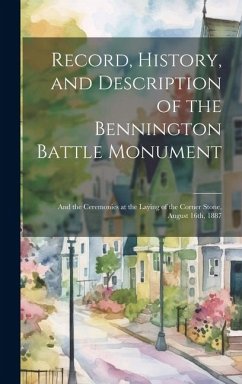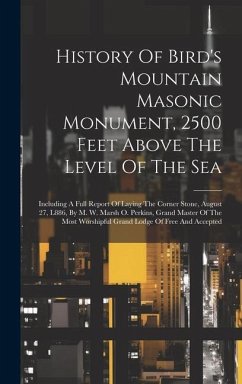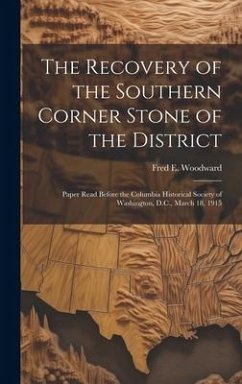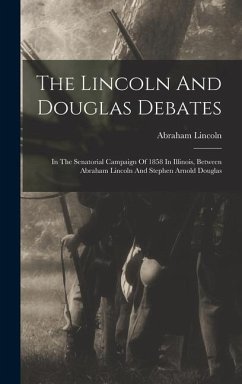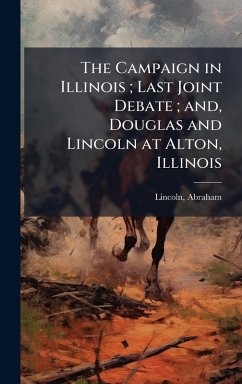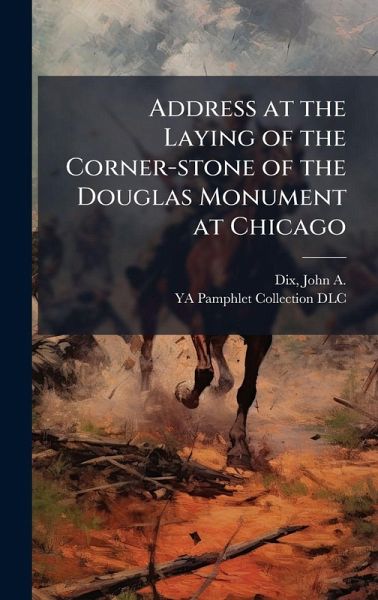
Address at the Laying of the Corner-stone of the Douglas Monument at Chicago
Versandkostenfrei!
Versandfertig in über 4 Wochen
25,99 €
inkl. MwSt.

PAYBACK Punkte
13 °P sammeln!
This address, delivered by John A. Dix, commemorates the laying of the cornerstone for the Douglas Monument in Chicago. "Address at the Laying of the Corner-stone of the Douglas Monument at Chicago" offers insights into the public memory of Stephen Douglas in the immediate aftermath of the Civil War. Dix's oration provides a window into the political and social landscape of the era, reflecting the values and perspectives of a nation grappling with the legacy of conflict and the figures who shaped it. The text is a valuable historical document for those interested in the Civil War era, American...
This address, delivered by John A. Dix, commemorates the laying of the cornerstone for the Douglas Monument in Chicago. "Address at the Laying of the Corner-stone of the Douglas Monument at Chicago" offers insights into the public memory of Stephen Douglas in the immediate aftermath of the Civil War. Dix's oration provides a window into the political and social landscape of the era, reflecting the values and perspectives of a nation grappling with the legacy of conflict and the figures who shaped it. The text is a valuable historical document for those interested in the Civil War era, American political history, and the evolving commemoration of historical figures. It captures a pivotal moment in American history, offering a glimpse into the construction of national identity in the wake of profound division. This work has been selected by scholars as being culturally important, and is part of the knowledge base of civilization as we know it. This work was reproduced from the original artifact, and remains as true to the original work as possible. Therefore, you will see the original copyright references, library stamps (as most of these works have been housed in our most important libraries around the world), and other notations in the work. This work is in the public domain in the United States of America, and possibly other nations. Within the United States, you may freely copy and distribute this work, as no entity (individual or corporate) has a copyright on the body of the work. As a reproduction of a historical artifact, this work may contain missing or blurred pages, poor pictures, errant marks, etc. Scholars believe, and we concur, that this work is important enough to be preserved, reproduced, and made generally available to the public. We appreciate your support of the preservation process, and thank you for being an important part of keeping this knowledge alive and relevant.



